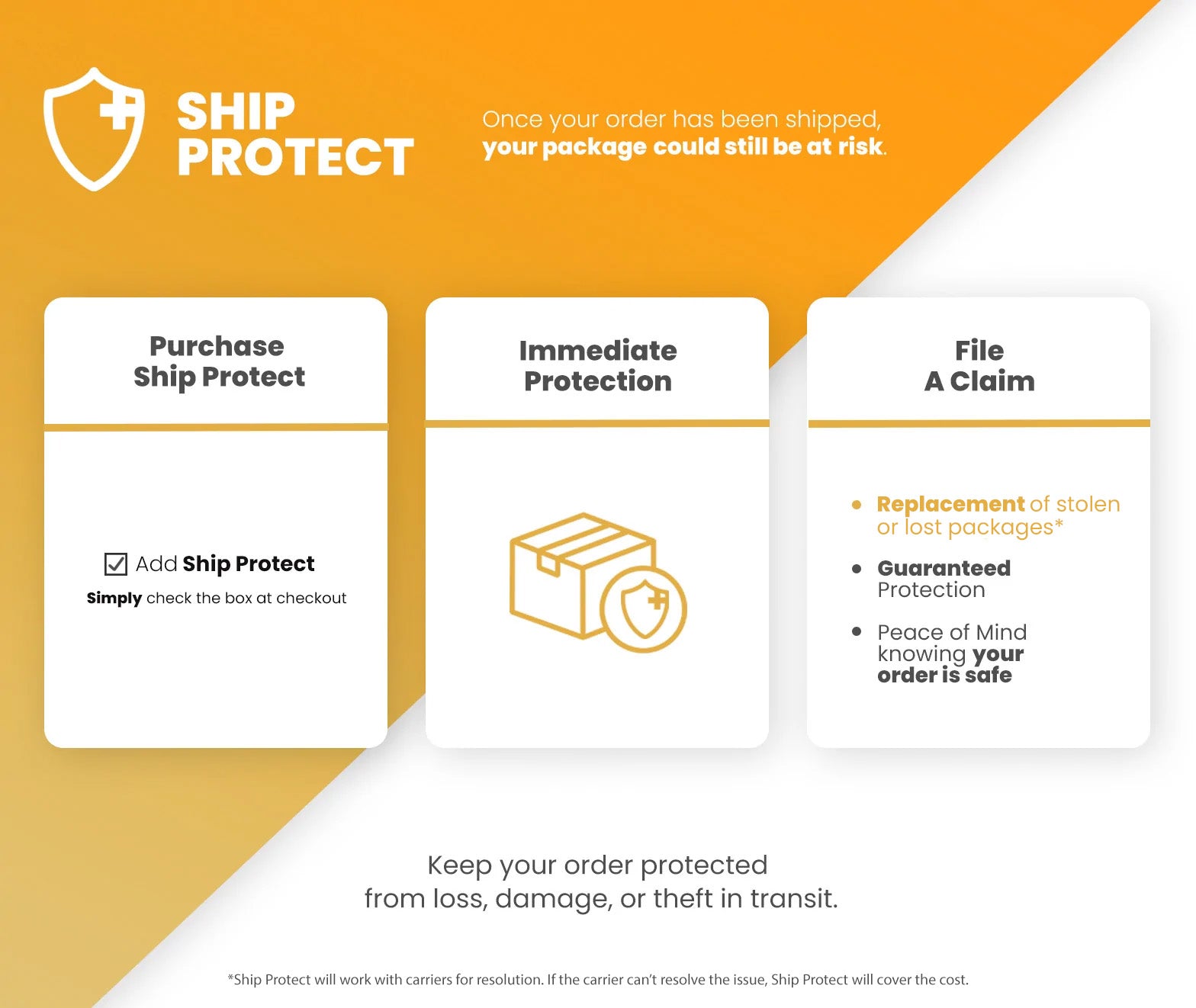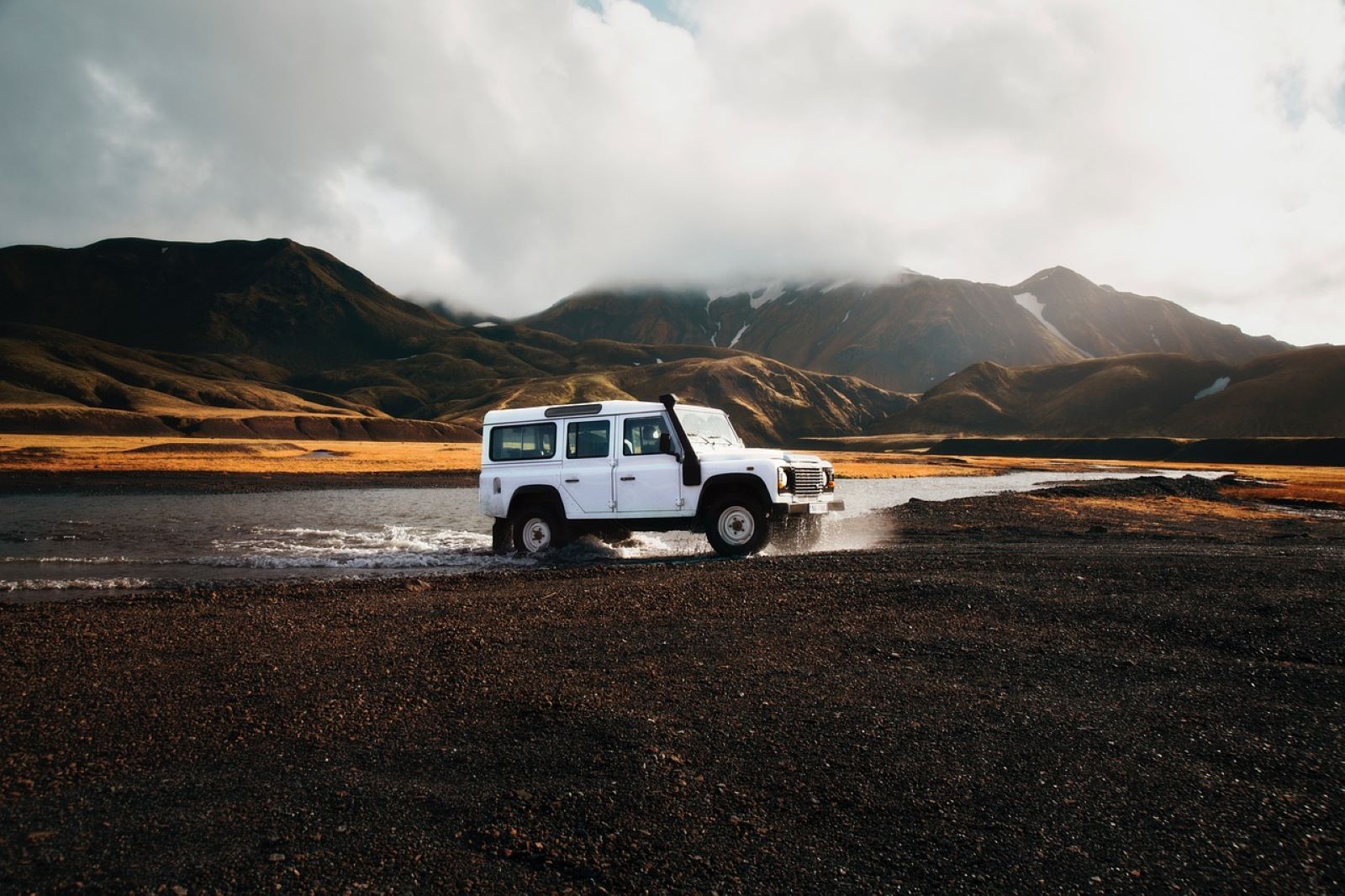How To Be A Safe Driver
Almost everyone drives a car, especially in America. Whether you’re a road trip warrior or driving makes you sleepy, it’s an integral part of daily life, and it’s challenging to go anywhere without one. And because we use cars so often, we need to make sure we’re operating them safely so we protect both ourselves and the people around us. It never hurts to brush up on the basics, especially since one mistake can cost at least a lot of money and, at most, someone’s life.
Before You Drive
Besides the obvious things like making sure you have your license on you and that your car didn’t roll off in the middle of the night, there are a few other things you should do before heading out.
Avoid Distractions
You’ve heard it a million times before, but are you really listening to the advice? It’s easy to fall into the trap of ‘I’m a good driver, so it’s okay if I do this.’ But even if you're a phenomenal driver, that doesn’t mean the people around you will be driving safely. Besides, can you really guarantee that enough of your attention is on the road and not on whatever else you’re doing? In the end, it’s best to avoid distractions. Common things you should avoid doing while driving are:
- Eating, drinking, doing your makeup, etc
- Petting your dog/cat/pet rock
- Setting music or directions
- Having an existential crisis
- Texting, messaging, calling, etc.
- Watching Netflix (yes, I know someone who does this)
A good way to make sure you don’t end up distracted is to plan ahead and ensure that you get everything done and set up before you start the car.
Avoid Taking Medications Before Driving
Many prescription and over-the-counter medications can make you drowsy, dizzy, or impair your cognitive functions. When you drive in this state, you drastically increase your risk of causing or being involved in an accident. Make sure you know what the side effects of your medications are and avoid taking them several hours before you drive.
Ensure You’re Up to Driving
For example, have you been drinking or doing drugs (including weed)? Are you sleep-deprived or actively falling asleep? All of these can have severe negative effects on your driving skill, such as reduced reaction time, and you shouldn’t be behind the wheel in this condition.
Another thing to take into consideration is your emotional state. If you’re excessively angry or sad, it can affect your concentration and driving. Additionally, if you start driving when you’re already angry, you could end up with road rage and drive aggressively, a situation that isn’t good for anyone in the vicinity.
Make Sure You Have a Life-Saving First Aid Kit
Always expect the unexpected, and that definitely includes injuries! Whether it’s a little cut or a life-threatening injury, you want to make sure you have the right supplies nearby. So, make sure you have a car first aid kit packed before hitting the road!
Seat Belts
According to the National Highway Traffic Safety Administration, seat belts decrease the risk of death in front-seat passengers by 45% in passenger cars and 60% in light trucks. This alone is enough reason to wear one! But if you also have kids, you want to set a good example for them. If they see you not wearing a seat belt, they’re likely to do the same. And you don’t want your kids to start driving and put themselves in extra danger! So make sure you buckle up every time you get in the car.
On the Road
Once you’ve started driving, you need to be vigilant of both your vehicle and the people and objects around you.
Check Your Blind Spot
Out of all the times I’ve almost had people run into me, more than 50% of them have been from other people not checking their blind spots and trying to move over on top of me. And let me tell you; it’s scary every single time! You should be checking your blind spot every single time you want to move over. Getting into this habit will drastically decrease your chances of causing a wreck and make the road a safer place for everyone!
Drive According to the Weather

If the roads are slick with rain, slush, or another substance, slow down to a safe speed. Many states have laws in place that require you to drive below the speed limit in poor conditions. If you go above whatever the law deems as ‘reasonable,’ you could get a ticket, spin out, or cause a potentially lethal accident.
Give People Space
We’ve all seen it; someone’s going too slow for the speed demon, and they start riding bumpers. What if the car in front suddenly slams the brakes because there’s an object in the road or another person doesn’t check their blind spot? Either way, the end result is probably the same. The second car slams into the first, and you’ve got a nasty accident on your hands. Even if you give the vehicle ahead of you plenty of room, if they slam their brakes and you’re not paying enough attention and don’t give them enough space, you could get in a wreck too.
You want to drive with at least two seconds of distance between the car ahead and yourself. Not only does this give you extra space for other people’s mistakes, but it also gives you extra space and time to correct your own mishaps.
Keep an Eye Out for Vulnerable Parties
Bikers, pedestrians, motorcyclists, and animals all have access to public roads. And while you may think that you don’t have to worry about pedestrians on the freeway, you should still be vigilant since it’s not impossible. Maybe their car broke down, or they’re trying to earn a Darwin Award by playing real-life Frogger. In the end, keep your eyes peeled so you won’t accidentally hurt anyone.
Use Your Turn Signal
It’s a magical lever that lets everyone around you know what you’re about to do so they can respond accordingly. It’s great! Do note that it’s only helpful when activated before you start moving. If you turn it on when you’re already halfway into another lane, you’re doing it wrong.
When You’re in a Hurry
Sometimes, you’re running late, and you needed to be at your destination yesterday. In this situation, you could speed, but are the potential consequences worth it? You may be able to get there without any issues, but what if something does happen? On one hand, you could get a ticket and have to pay a potentially hefty sum and watch your insurance rate rise. In the worst case, you could cause a potentially lethal and life-altering accident. In my opinion, it’s not worth the risk. And as an added bonus, you can save on gas and keep your sanity intact! Just flip on your cruise control and enjoy the ride.
After You Drive
Congratulations! You successfully made it to your destination in one piece. Now there’s just one more thing you need to be aware of.
Practice the Dutch Reach
This is a technique used to keep both you and other people, especially bikers, safe. Whenever you open a car door to get out, use the hand furthest from the handle. By using the far hand, your body swivels and gives you a wider field of view so you can see if any cars, pedestrians, or cyclists are coming toward you. Not only does this keep other people safe, but it protects you from potentially being held liable for any accidents that your door could cause.
What to do if You Get in an Accident
Nobody wants to get into an accident, but every time you get into your car, it’s a possibility.
Remain at the Scene and Find a Safe Location
After the initial collision, you need to make sure you are safe before you do anything else. Can your car still drive? If so, pull it to the side of the road and out of traffic. If not, exit the vehicle when it’s safe and move off the road.
Make Sure Everyone is Okay

Depending on the severity of the accident, there could be no injuries, bumps and bruises, or life-threatening wounds. Once you’ve ensured that you aren’t in any danger, check on the other people involved in the accident and help as necessary.
When to Call 911
Even if nobody needs an ambulance, there are several reasons you may want to call the police following an accident. For one, certain states require it if the damages exceed a thousand dollars. Having an officer present can also help expedite the exchange of information and take both parties’ sides of the story so there’s written evidence later on if someone changes their opinion. While the police may refuse to dispatch an officer for minor accidents, you can still ask the dispatcher for advice on how to proceed if you’re unsure of what to do next.
Whether you feel stressed or confident whenever you get behind the wheel, it never hurts to be cautious, prepared, and learn more about how you can improve your skills. And on the preparedness front, if you ever do get in an accident, you’ll be grateful you have your car first aid kit on hand! And if you’re lucky enough to never play high-stakes bumper cars, at least you’ll have it around for any other injury you come across!







